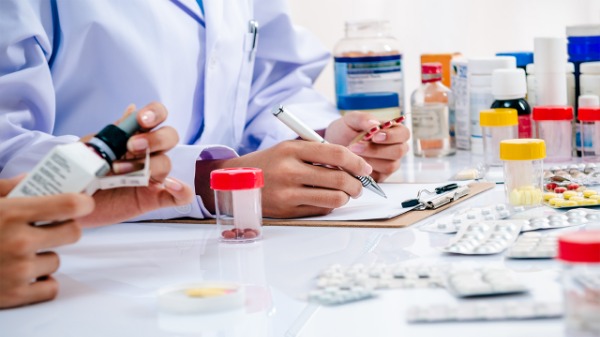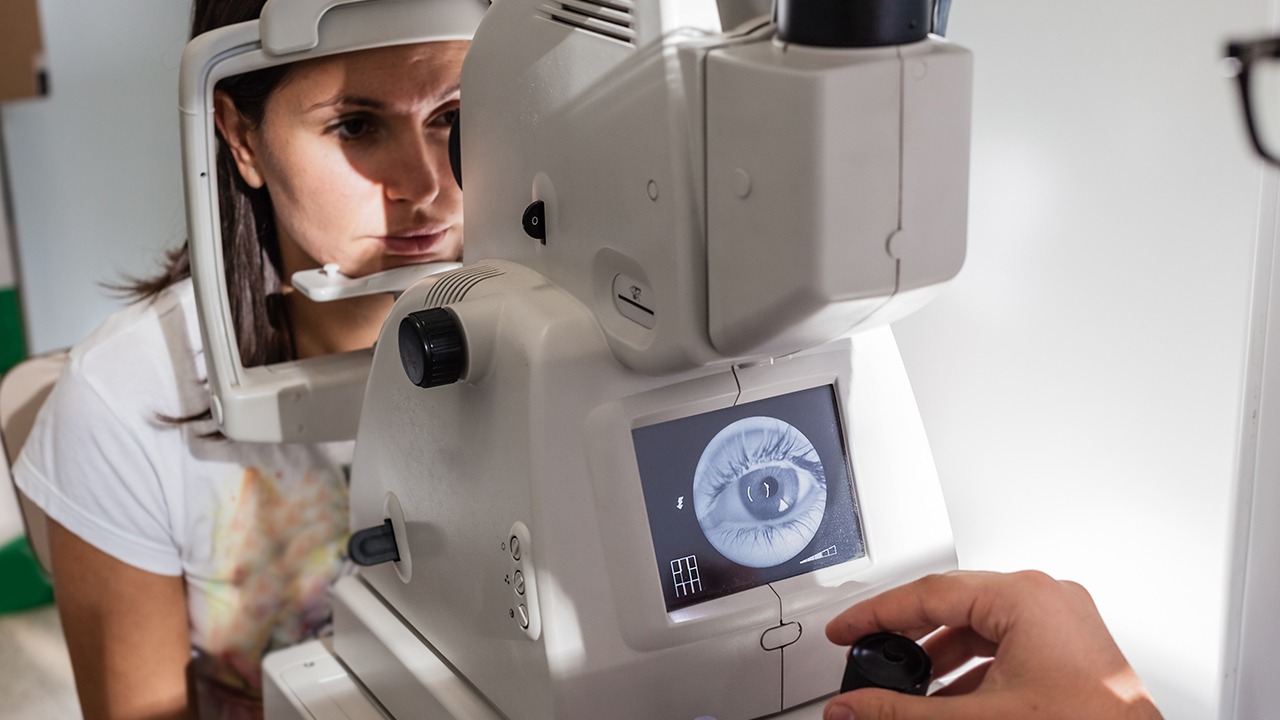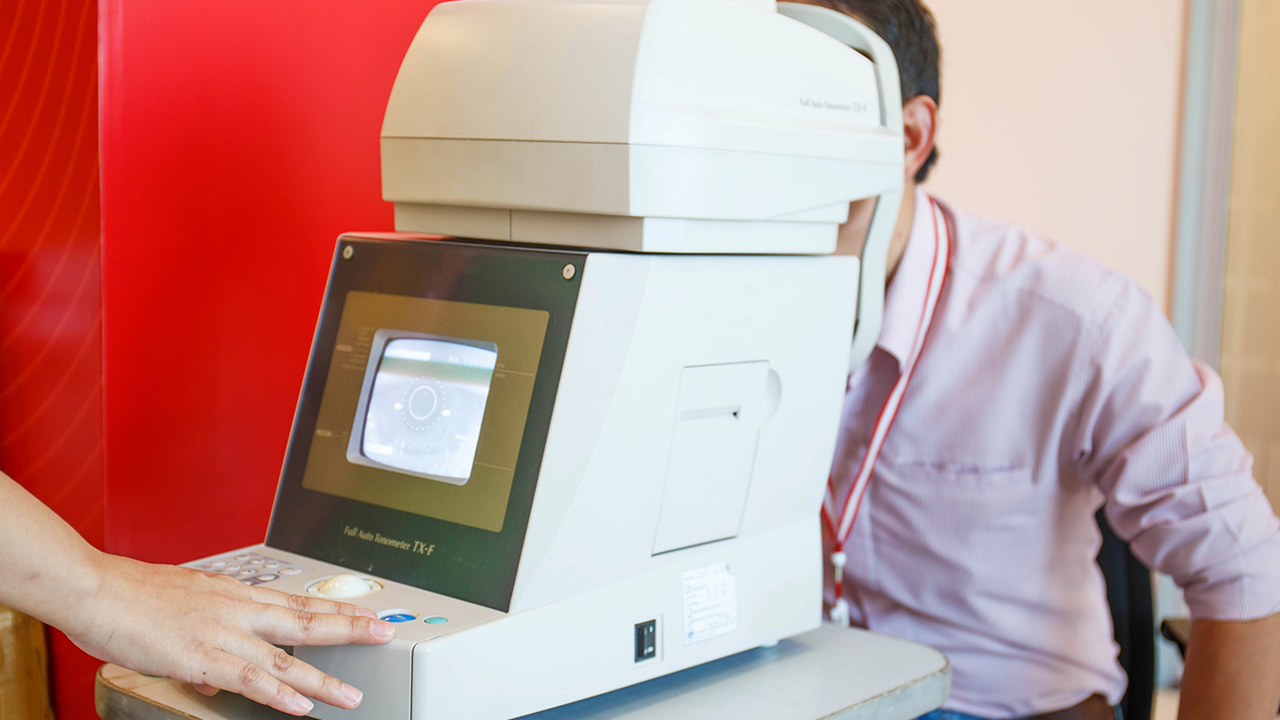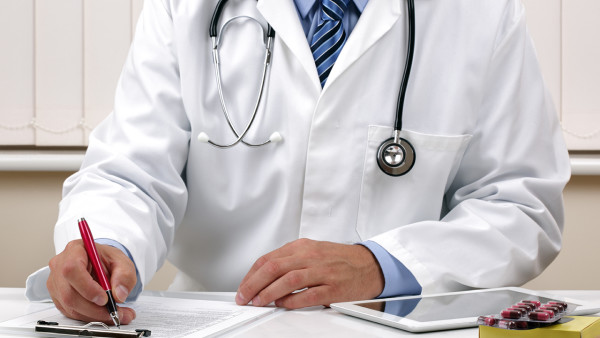What to Do If Your Face Becomes Swollen After Autologous Fat Filling: A Comprehensive Guide to Managing Post-Procedure Swelling

Autologous fat filling, also known as fat transfer or fat grafting, is a minimally invasive cosmetic procedure that involves harvesting fat from one area of the body and injecting it into another to enhance volume and improve facial contours. While generally considered a safe and effective procedure, swelling is a common side effect that can occur after autologous fat filling.
Understanding the causes of post-procedure swelling and adhering to proper aftercare instructions is crucial to minimize its severity and promote optimal recovery. Here's a comprehensive guide to help you manage swelling after autologous fat filling:
Causes of Swelling After Autologous Fat Filling
Swelling after autologous fat filling is caused by several factors:
1. Trauma to Soft Tissues: The injection process inevitably causes some trauma to the soft tissues, resulting in inflammation and fluid accumulation.
2. Transient Fluid Retention: The injected fat contains fluids that can temporarily accumulate in the treated area, leading to swelling.
3. Immune Response: The body may perceive the injected fat as foreign and mount an immune response, which can cause inflammation and swelling.
4. Fat Graft Absorption: A portion of the injected fat may be absorbed by the body, causing the surrounding tissues to swell as they adapt to the new contour.
Managing Post-Procedure Swelling
To effectively manage swelling after autologous fat filling, follow these aftercare instructions:
1. Apply Cold Compresses: Applying cold compresses to the treated area for short periods can help reduce inflammation and constriction of blood vessels, minimizing swelling.
2. Elevate the Head: Keeping the head elevated while resting or sleeping promotes fluid drainage and reduces swelling.
3. Avoid Strenuous Activity: Strenuous activities can increase blood flow to the treated area, exacerbating swelling. Rest and avoid activities that exert pressure on the face.
4. Massage the Area Gently: Gently massaging the treated area can help disperse fluids and promote circulation, reducing swelling.
5. Avoid Alcohol and Sodium: Alcohol and high-sodium foods can contribute to fluid retention and worsen swelling.
6. Take Medication as Directed: Your surgeon may prescribe anti-inflammatory medications or antibiotics to manage swelling and prevent infection.
7. Follow Post-Op Instructions: Adhering to your surgeon's post-operative instructions, including avoiding sun exposure and sleeping on your back, is crucial for minimizing swelling.
When to Seek Medical Attention
While swelling after autologous fat filling is generally mild and resolves within a few weeks, it's important to seek medical attention promptly if you experience any of the following symptoms:
1. Severe Swelling: Excessive or persistent swelling that doesn't improve after several days or worsens over time.
2. Pain or Tenderness: Pain or tenderness in the treated area that doesn't respond to pain relievers.
3. Bruising or Discoloration: Significant bruising or discoloration that extends beyond the treated area.
4. Infection: Signs of infection, such as redness, drainage, or fever.
Common Myths About Swelling After Autologous Fat Filling
There are several common myths about swelling after autologous fat filling that should be dispelled:
1. Swelling is always a sign of a problem: Mild to moderate swelling is a normal part of the healing process and doesn't necessarily indicate a complication.
2. Exercise can speed up recovery: While gentle massage can be beneficial, strenuous exercise should be avoided to prevent further trauma and swelling.
3. Heat can reduce swelling: Applying heat to the treated area can worsen swelling by increasing blood flow.
Tips for Smoother Recovery
Here are some additional tips to promote a smoother recovery after autologous fat filling:
1. Choose an Experienced Surgeon: Selecting a board-certified plastic surgeon with extensive experience in autologous fat filling is crucial for minimizing the risk of excessive swelling and complications.
2. Quit Smoking: Smoking can impair blood flow and slow down the healing process, worsening swelling.
3. Stay Hydrated: Drinking plenty of fluids promotes overall well-being and helps reduce fluid retention.
4. Be Patient: Swelling after autologous fat filling can take several weeks or even months to fully resolve. Avoid excessive worrying and allow your body ample time to heal.
Conclusion
Swelling after autologous fat filling is a common side effect that can be effectively managed with proper aftercare. By following the guidelines outlined in this comprehensive guide, you can minimize swelling and promote a smoother, more comfortable recovery. Remember, if you experience any unusual or persistent symptoms, don't hesitate to consult your surgeon for immediate medical attention.
The above is all the content that the editor wants to share with you. I sincerely hope that these contents can bring some help to your life and health, and I also wish that your life will be happier and happier.
Tags: #if #your #face















